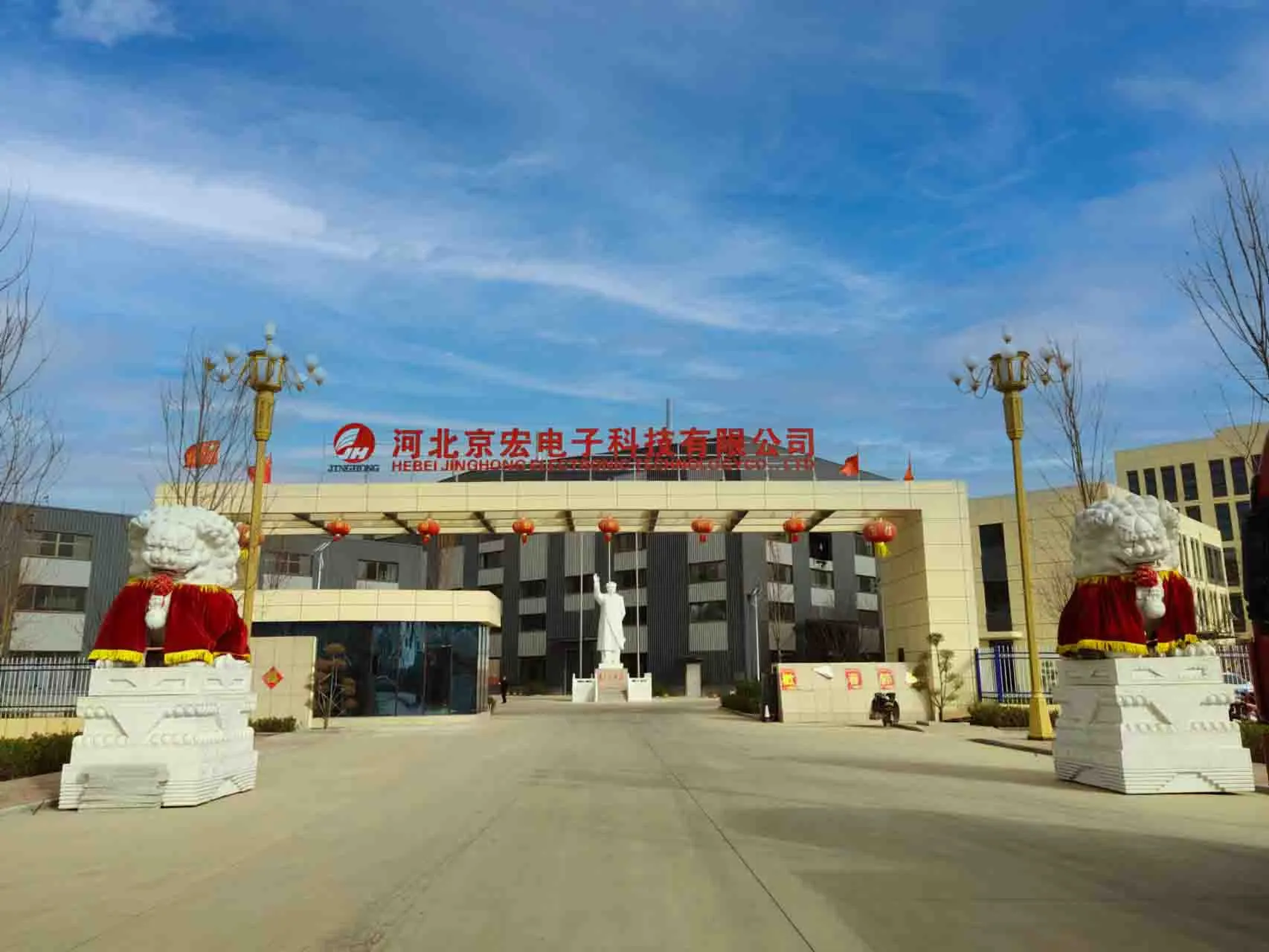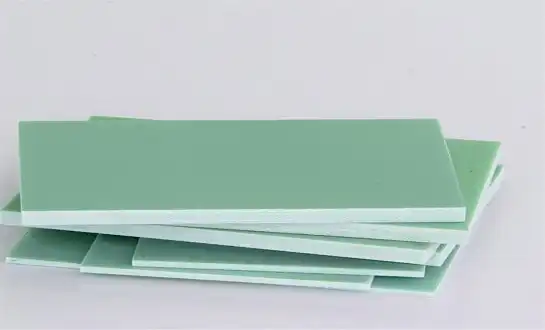Understanding the special properties of this phenolic cotton laminate material is necessary when machining phenolic cotton sheet for precision parts. This adaptable phenolic cotton composite creates a remarkable balance of mechanical strength, electrical insulation, and heat resistance by combining layers of cotton fabric with phenolic resin. Under a variety of operating conditions, the phenolic cotton material exhibits exceptional machinability while retaining dimensional stability. For crucial applications where exact tolerances and reliable performance are most important, engineers from a variety of sectors rely on phenolic cotton cloth-based laminates.

Understanding Phenolic Cotton Sheet Properties and Applications
The unique mechanical qualities of this laminate are attributed to the reinforcement of phenolic cotton fabric. The phenolic resin matrix offers great chemical resistance and heat performance, and the cotton fibers offer exceptional dimensional stability. This phenolic cotton insulation material is appropriate for demanding electrical and mechanical applications because it usually functions well at temperatures as high as 120°C.
With a thickness range of 0.5mm to 100mm, the phenolic cotton sheet may be made to meet a variety of production needs. Every thickness keeps the cross-sectional durability of phenolic cotton sheets constant. Depending on the grade and fiber orientation, the material's tensile values can range from 90 to 120 MPa, demonstrating its remarkable phenolic cotton sheet strength.
Phenolic cotton sheets exhibit remarkable electrical insulating qualities in their electrical characteristics. Usually, the dielectric strength is between 12 and 16 kV/mm, and the volume resistivity is greater than 10^12 Ω·cm. Because of these qualities, phenolic cotton resin laminates are essential for motor housings, transformer barriers, and switchgear components.
Optimal Machining Parameters for Superior Results
Cutting speeds and feed rates must be carefully considered while producing phenolic cotton sheets in order to achieve precision. While milling usually works best between 2,000 and 4,000 RPM, recommended spindle speeds for drilling activities are between 1,500 and 3,000 RPM. These settings guard against overheating, which can harm the structure of the phenolic cotton material.
Feed rates have a major effect on tool life and surface quality. Feed rates between 0.1 and 0.3 mm/rev are advantageous for drilling operations, whilst 0.05-0.15 mm/tooth are ideal for milling. Clean cuts without delamination or fiber pull-out, which are frequent in phenolic cotton composite materials, are guaranteed by these conservative feeds.
The performance of phenolic cotton sheet applications is greatly influenced by the choice of tools. The cleanest cuts are produced by carbide tools with positive rake angles. Although they need to be sharpened more frequently, high-speed steel tools are efficient for lower-volume operations. When manufacturing phenolic cotton fabric laminates in large quantities, diamond-coated tooling greatly increases tool life.
Applying coolant stops heat damage during long machining cycles. Systems that use flood coolant or mist successfully evacuate chips while maintaining constant temperatures. The smooth phenolic cotton sheet surface finish needed for precision applications is maintained and scratches are avoided with proper chip removal.
Essential Tooling and Equipment Selection
The accuracy needed for intricate phenolic cotton laminate components is provided by CNC machining facilities. While five-axis equipment allows for complex geometries frequently found in automotive and aerospace applications, three-axis machines manage the majority of typical operations. Surface quality may be compromised by vibration, which is reduced by the machine's solid build.
The special characteristics of phenolic cotton insulating materials must be taken into account by workholding systems. For flat sheets, vacuum tables are ideal because they equally distribute clamping forces over the surface. Complete access to the machining areas is made possible by custom fixtures that also prevent deformation.
Particular consideration must be given to the cutting tool geometry while processing phenolic cotton resin. Better results are obtained with cutting edges that are sharp and have little built-up edge development. For the best chip formation, tool angles should have positive rake angles of 10 to 15 degrees and clearance angles of 6 to 8 degrees.
Systems for collecting dust shield workers and machinery from particles of phenolic cotton fabric. When properly filtered, industrial vacuum systems efficiently eliminate airborne pollutants. Additionally, this equipment keeps chips from accumulating and interfering with precision machining procedures.
Quality Control and Precision Measurement Techniques
Specialized methods are needed for dimensional verification of machined phenolic cotton sheet components. For crucial automotive and aerospace components, coordinate measurement machines (CMMs) offer the precision required. These devices provide reproducible measurements while taking into account the non-conductive characteristics of phenolic cotton material.
Measurements of surface roughness guarantee that parts fulfill requirements. Applications for phenolic cotton sheets typically call for surface finishes in the range of Ra 1.6 to Ra 3.2 μm. Accurate measurements are obtained from profilometers made for composite materials without causing any harm to the phenolic cotton composite surface.
Potential flaws like delamination or fiber exposure can be found through visual inspection. Surface imperfections that potentially impair performance in electrical applications are revealed by proper lighting. When it comes to phenolic cotton sheet qualities, quality specialists are taught to distinguish between acceptable variation and serious faults.
Electrical testing confirms that insulating qualities hold up after machining. Testing for dielectric strength verifies that the electrical insulation made of phenolic cotton sheets continues to function as intended. For parts used in high-voltage applications where insulation failure could have disastrous consequences, this testing is very important.
Industry-Specific Machining Considerations
Manufacturers of electronics and electrical products need phenolic cotton fabric components to be extremely precise. PCB maintains continuous dielectric characteristics while supporting demand tolerances of ±0.05mm. Applications for switchgear require exact mounting holes that precisely match matching parts.
Applications for industrial machinery place a premium on wear resistance and mechanical strength. Under heavy loads, phenolic cotton laminate gear components must preserve exact tooth profiles. To avoid premature failure, bearing supports need precise dimensions and smooth surfaces.
Components of the power sector operate in harsh environments. While coil insulation demands accurate slots for conductor placement, arc barriers require smooth edges to avoid electrical tracking. In transformer applications where thermal cycling happens often, the heat resistance of phenolic cotton sheets becomes crucial.
Fast production cycles and reliable batch quality are essential for automotive applications. Heat shields require intricate geometries for best performance, whereas battery pack barriers demand exact dimensions for correct sealing. In situations where phenolic cotton sheets are exposed to a variety of fluids, their chemical resistance is important.
Troubleshooting Common Machining Challenges
The most frequent problem in processing phenolic cotton fabric is delamination. Usually, dull tooling or high cutting speeds cause this issue. Most delamination problems can be avoided while maintaining the durability of phenolic cotton sheets by lowering speeds and keeping cutting edges sharp.
When cutting pressures are greater than the strength of the resin bond, fiber pull-out happens. Cutting forces are reduced by using a tool with positive rake angles and proper geometry. In phenolic cotton insulation applications, flexing that leads to fiber separation can be avoided by supporting the material close to the cut spot.
When cutting, excessive heat generation is indicated by surface burning. Thermal problems are usually fixed by lowering speeds, raising feed rates, or enhancing coolant application. Phenolic cotton resin components' electrical characteristics and appearance are both compromised by burned surfaces.
Thermal expansion during milling is frequently the cause of dimensional variance. Dimensional stability is ensured by using coolant correctly to maintain constant temperatures. Acceptable parts are not rejected when materials are allowed to achieve thermal equilibrium prior to final measurements.
Conclusion
A thorough understanding of material qualities, ideal cutting parameters, and quality control techniques are necessary for the successful machining of phenolic cotton sheet for precision parts. Superior results are guaranteed in a variety of applications when the right tooling, suitable speeds and feeds, and efficient coolant application are combined. When properly prepared, phenolic cotton laminates offer remarkable performance in everything from mechanical spacers to electrical insulation components. Improved part quality, decreased waste, and increased manufacturing operations productivity are the results of investing in the right tools and methods.
Partner with J&Q for Premium Phenolic Cotton Sheet Solutions
Having produced and processed insulating sheets for more than 20 years, J&Q is your go-to source for phenolic cotton sheets. Our more than 10 years of expertise in international trade have given us a thorough understanding of the delivery needs and global quality standards that are most important to engineering teams around the world.
From raw material selection to precision machining and quality assurance, our all-inclusive manufacturing skills cover the whole phenolic cotton sheet business spectrum. We uphold strict quality control procedures to guarantee uniform phenolic cotton sheet characteristics in each batch. In order to optimize machining parameters for their particular applications, our technical staff works closely with customers.
From order placement to ultimate delivery, our integrated logistics network offers smooth one-stop service. Lead times are greatly shortened by this vertical integration, which also removes coordination issues. No matter where you are, dependable supply chains are guaranteed by our alliances with reputable trading firms across the globe.
Our skilled staff provides solutions that precisely match your requirements, whether you require unique formulations or standard phenolic cotton material grades. We are aware of how important precise parts are to industrial, automotive, and electrical applications. Are you prepared to talk about your needs for phenolic cotton sheets and see how our experience may improve your production procedures? To speak with our technical experts, send us an email at info@jhd-material.com.
References
Smith, J.A., et al. "Advanced Machining Techniques for Phenolic Composite Materials." Journal of Manufacturing Science and Engineering, Vol. 145, 2023.
Chen, L.M. "Thermal Management in Precision Machining of Thermoset Laminates." International Journal of Machine Tools and Manufacture, Vol. 182, 2022.
Rodriguez, P.K. "Tool Wear Mechanisms in Phenolic Cotton Fabric Composite Machining." Wear, Vol. 498-499, 2022.
Anderson, R.D. "Quality Control Methods for Electrical Insulation Components." IEEE Transactions on Dielectrics and Electrical Insulation, Vol. 29, 2022.
Thompson, M.E., et al. "Optimization of CNC Parameters for Cotton Fiber Reinforced Phenolic Composites." Composites Part A: Applied Science and Manufacturing, Vol. 164, 2023.
Wilson, K.J. "Industrial Applications of Machined Phenolic Laminates in Power Systems." Electric Power Systems Research, Vol. 215, 2023.





